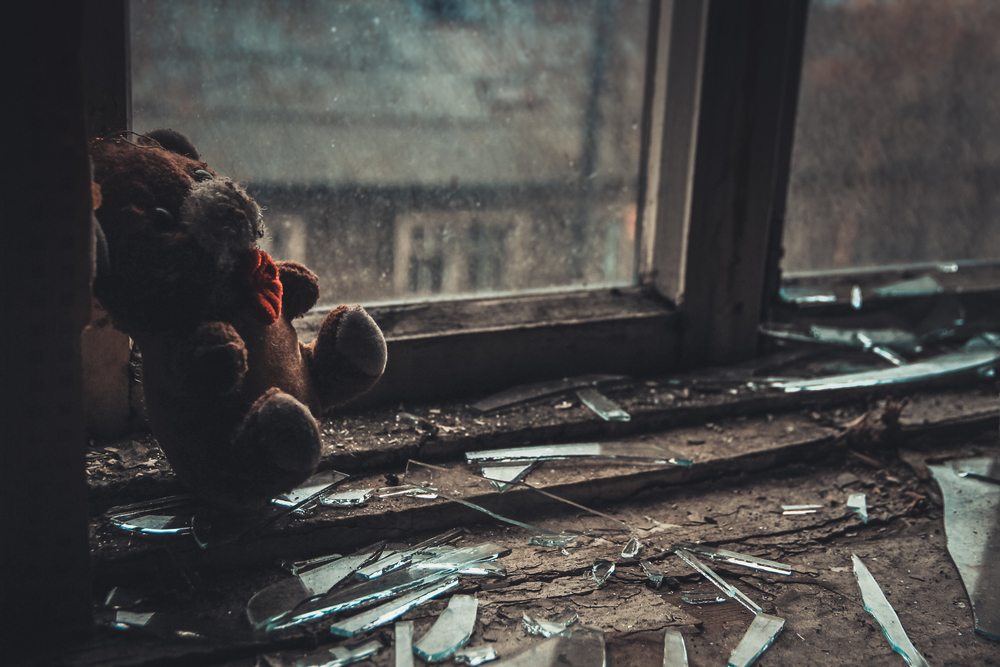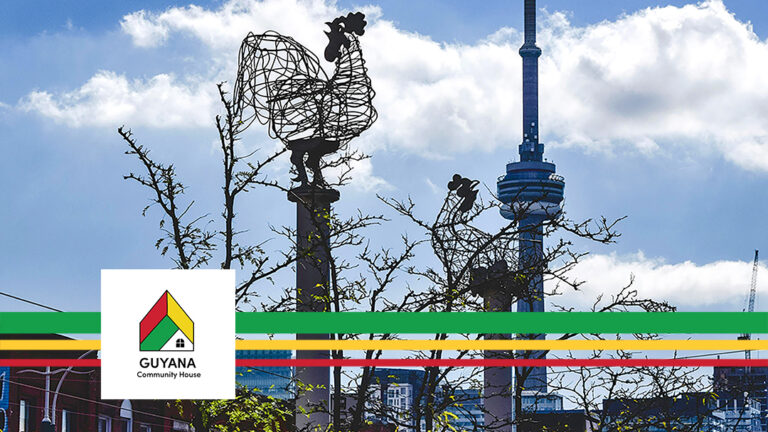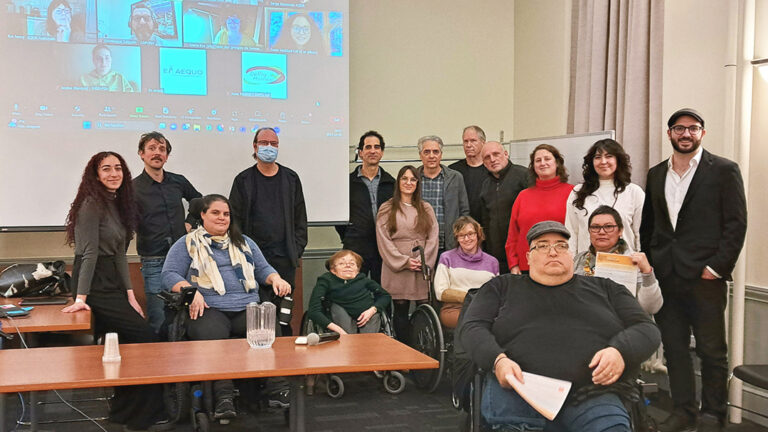Since the beginning of the pandemic, organizations and researchers working to address domestic violence have been reporting a worsening situation across the country. In the run-up to International Women’s Day on March 8, the Centre met with Céline Magontier, who oversees women’s issues at the Front d’action populaire en réaménagement urbain (FRAPRU), to discuss the increased vulnerability of women when it comes to housing in the context of Covid-19 and the lack of social housing resources.
How has the pandemic made women even more vulnerable to housing issues?
Céline Magontier : The pandemic, of course, affected housing rights of the tenant population in general. For several reasons. We need to situate the arrival of the pandemic in a context of housing shortages, which means that housing is scarcer. As housing becomes scarcer, the law of supply and demand makes it more expensive.

We know that women are already more precarious [economically] than men in general, but the pandemic has made them even more so. [For example], according to Statistics Canada’s labour market data, last May, men had recovered 42.1% of the jobs lost since February, while women had recovered only 24.6%. In addition, more of them had lost jobs than men.
Women are more likely to be poorly housed than men because of their precariousness. [Among other things], we know that many don’t have access to smart phones or computers for the [housing search] processes that the pandemic has made even more difficult, where visits are organized on Zoom or other meeting platforms.
The effect of the pandemic has been serious for tenants in general and women in particular, but has it been even more so for women who are victims of domestic violence?
C.M. : For women and their children who are victims of domestic violence, the fact of being confined with a full-time abusive spouse, [increases] the risks to their lives. They can’t call for resources and their exposure to the abusive spouse is prolonged.
A study conducted by Women’s Shelters Canada showed that, in Canada, more than one-in-two shelters have seen an increase in the severity of violence experienced by the Canadian women whom they have been serving since the beginning of the pandemic.
And since the pandemic is coupled with the shortage of housing, even if they manage to access resources such as first-stage [emergency housing] or second-stage [transitional] social housing, to find housing that they can afford when they leave those resources is impossible, because it doesn’t exist.
We know that transitioning from two-parent to one-parent families has an impact on incomes. There is [also] the economic violence that many women experience. There are women who are in an extremely precarious state when they come out of [shelters].
It is often said that spousal violence is a factor that can make women homeless. Can you explain that?
C.M. : It can push women into what is called hidden homelessness. They are less visible in terms of homelessness, but they are not unaffected. We know that 7% of Canadian women have experienced at least one episode of hidden homelessness at least once in their lives [according to 2014 Statistics Canada data].
When women are homeless, they use various survival tactics to avoid ending up on the street. It could be temporary accommodation with relatives or friends, even exchanging sexual services for accommodation, or putting up with violent situations because there is no other place to stay. Often, what we also see is that they go back to the abusive spouse because it’s that or the street. This is a phenomenon that we see a lot. It’s really related to the fact that you’re leaving your abusive spouse, you really don’t want to go back there, but you lack resources and income, so you can end up in a situation of hidden homelessness.
Basically, fleeing violence often means fleeing your home?
C.M. : That’s it. It is also because there are not enough resources, there is a lack of social housing to meet the needs of these women who find themselves in a precarious situation and who are unable to relocate.
Right now, because there is a lack of funding for these first- and second-stage resources and there is not enough affordable housing for women, the first-stage resources are backed-up and women are unable to relocate after [their stay]. These shelters have record-high refusal rates for people calling for help, which is absurd. In 2019-2020, the turn-down rate for accommodation requests at the Alliance [des maisons de 2e étape pour femmes et enfants victimes de violence conjugale] member homes was 75% in Montreal and 37% in regions where services exist. [And] there are administrative regions where resources are non-existent.
There are also many women who will find housing that is affordable but is unhealthy, for example. Or which [offer] living conditions that are indecent or unsafe for these women and their children.
After their stay in a second-stage home in Québec, only 66% of women found housing that corresponded to their ability to pay for 2019-2020. Of these, 45% live in social housing and only 21% were able to find regular housing. These numbers speak volumes about the extent to which private housing, at present, doesn’t meet the needs of women who are victims of domestic violence when they leave the hell they went through.
***
To address the shortage of social housing, FRAPRU is calling on the Québec government to plan and create 50,000 social-housing units over five years. They are also calling for the funding needed for the realization of the 12,500 social housing units promised over the last 10 years which have not yet been delivered, and for investment in the renewal of the existing housing stock of low-income housing (HLMs).
In addition, FRAPRU is asking the federal government for $3 billion a year for the creation of new social housing, at least $200 million per year for the maintenance of low-income housing in Québec and the maintenance of social housing commitments to ensure continuity of access to HLMs for the low-income households currently living there.
***
To help you find a shelter across Canada: https://womenhouse.ca



